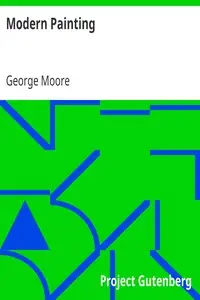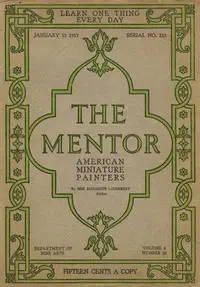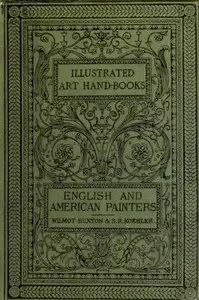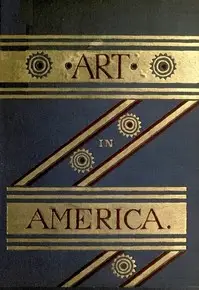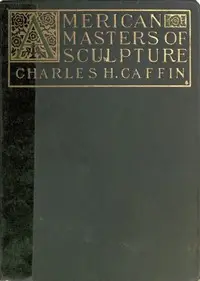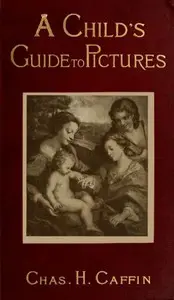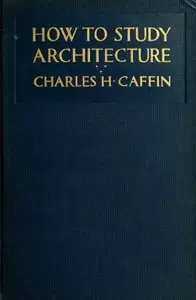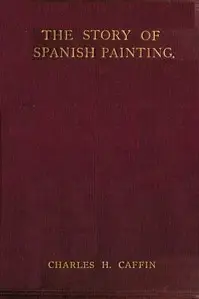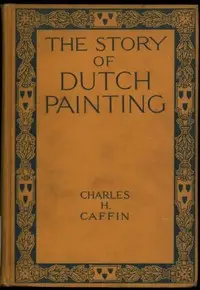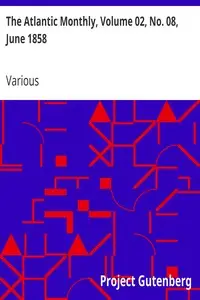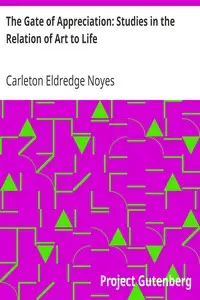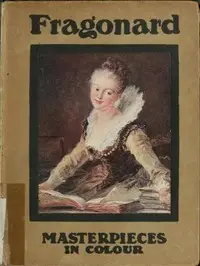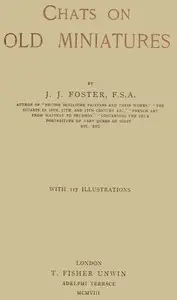"American Masters of Painting" by Charles H. Caffin is a compilation of short essays celebrating influential American painters from the turn of the century. The book introduces readers to important figures in American art history, such as George Inness, John La Farge, and James A. McNeill Whistler, accompanied by images of their most important pieces. Caffin focuses on showcasing these artists' original ideas and impact on American culture. The book starts by identifying George Inness as a key figure in American art, acknowledging him as a trailblazer who helped create the naturalistic style in landscape painting. Caffin looks closely at Inness's growth as an artist, highlighting his personal study of nature and how the Barbizon painters shaped his style. The book describes Inness's methods, the feeling he aimed to create in his landscapes, and his spiritual view of art, all of which contribute to his distinct style and importance in art. Readers get a look into the artistic and personal traits that define Inness's work, paving the way for exploring more artists in the collection.
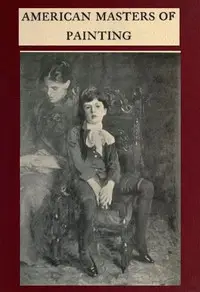
American Masters of Painting Being Brief Appreciations of Some American Painters
By Charles H. (Charles Henry) Caffin
Discover the lives and legacies of groundbreaking American artists who shaped the nation's visual identity at the dawn of the twentieth century.
Summary
About the AuthorCharles Henry Caffin was an Anglo-American writer and art critic, born in Sittingbourne, Kent, England. After graduating from Magdalen College, Oxford, in 1876, with a broad background in culture and aesthetics, he engaged in scholastic and theatrical work. In 1888, he married Caroline Scurfield, a British actress and writer. They had two children, daughters Donna and Freda Caffin. In 1892, he moved to the United States. He worked in the decoration department of the Chicago Exposition, and after moving to New York City in 1897, he was the art critic of Harper's Weekly, the New York Evening Post, the New York Sun (1901–04), the International Studio, and the New York American. His publications are of a popular rather than a scholarly character, but he was an important early if equivocal advocate of modern art in America. His writings were suggestive and stimulating to laymen and encouraged interest in many fields of art. One of his last books, Art for Life's Sake (1913), described his philosophy, which argued that the arts must be seen as "an integral part of life....[not] an orchid-like parasite on life" or a specialized or elite indulgence. He also argued strenuously for art education in American elementary schools and high schools and was a frequent lecturer.
Charles Henry Caffin was an Anglo-American writer and art critic, born in Sittingbourne, Kent, England. After graduating from Magdalen College, Oxford, in 1876, with a broad background in culture and aesthetics, he engaged in scholastic and theatrical work. In 1888, he married Caroline Scurfield, a British actress and writer. They had two children, daughters Donna and Freda Caffin. In 1892, he moved to the United States. He worked in the decoration department of the Chicago Exposition, and after moving to New York City in 1897, he was the art critic of Harper's Weekly, the New York Evening Post, the New York Sun (1901–04), the International Studio, and the New York American. His publications are of a popular rather than a scholarly character, but he was an important early if equivocal advocate of modern art in America. His writings were suggestive and stimulating to laymen and encouraged interest in many fields of art. One of his last books, Art for Life's Sake (1913), described his philosophy, which argued that the arts must be seen as "an integral part of life....[not] an orchid-like parasite on life" or a specialized or elite indulgence. He also argued strenuously for art education in American elementary schools and high schools and was a frequent lecturer.

